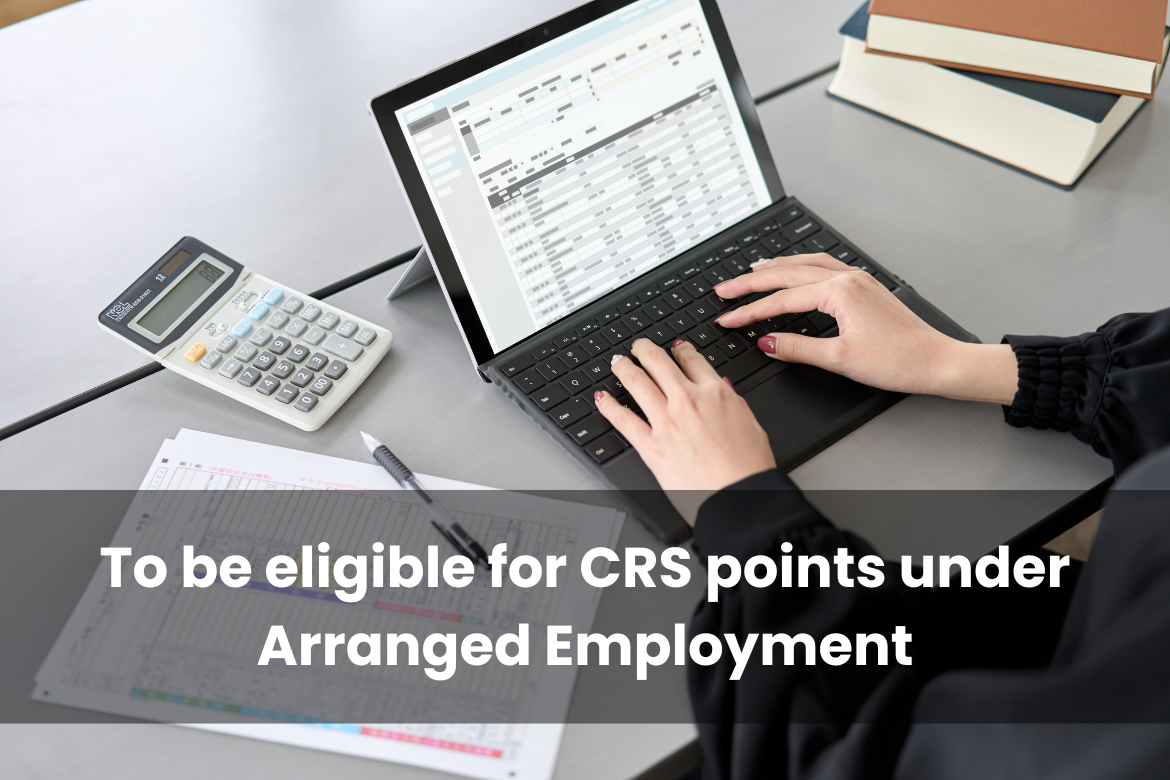Bring your family home to Canada? so, Applying for Family Permanent Residence (PR) can be a complex and daunting process. At Lebiz Canada, we understand the importance of family reunification and are committed to helping you the process with ease.
In this comprehensive guide, We’ll walk you through the steps to apply for Family PR in Canada, covering eligibility requirements, document checklists, and application procedures.
But let’s be honest, applying for Canada PR with family is not a walk in the park. It’s a complex process that depends on many factors, especially your CRS score. And we all know how unpredictable that can be! With scores updating multiple times a month or even week, it’s like trying to hit a moving target.
And let’s not forget the sheer competition – thousands of applicants vying for a limited spot in the Express Entry pool. It’s like a lottery, where even a good CRS score of 400 or 500 may not be enough to guarantee selection.
That’s why many people find themselves lost in the process, struggling to navigate the ever-changing landscape of Canadian immigration. But fear not! With the right guidance and expertise, you can increase your chances of success.
At LeBiz Canada, our experienced immigration consultants and agents are here to help you navigate the labyrinth of Canada PR applications. We’ll guide you through the process, helping you optimise your application and maximise your CRS score.
So, who can apply for Family PR? To be eligible, you must meet the following criteria:
Eligibility Requirements
To apply for Family PR, you must meet the following eligibility criteria:
– Be a Canadian citizen or permanent resident
– Be at least 18 years old
– Have a valid proof of income
– Meet the required language proficiency in English or French
– Pass medical and security checks
Who Can You Sponsor?
You can sponsor the following family members for PR:
– Spouse or common-law partner
– Dependent children (under 22 years old)
– Parents or grandparents
– Brothers, sisters, nephews, or nieces (in certain circumstances)
Document Checklist
Before applying, make sure you have the following documents:
– Proof of income (Notice of Assessment, T4 slips)
– Birth certificates
– Marriage certificates (if applicable)
– Divorce or separation documents (if applicable)
– Police certificates
– Medical certificates
– Language proficiency test results
Application Procedure
1. Create an online profile: Register on Immigration, Refugees and Citizenship Canada (IRCC) website and create an online profile.
2. Submit your application: Upload all required documents and submit your application.
3. Pay the fees: Pay the applicable fees for your application.
4. Wait for processing: Wait for IRCC to process your application.
Additional Tips and Considerations
– Ensure you meet the income requirement to sponsor your family members.
– Provide accurate and complete information to avoid application delays.
– Consider hiring a licensed immigration consultant to help with your application.
At LeBiz Canada, our experienced immigration consultants can guide you through the Family PR application process, ensuring a smooth and successful journey to reunite with your loved ones in Canada.
Conclusion
Applying for Family PR in Canada requires careful planning and attention to detail. By following this step-by-step guide and seeking professional help when needed, you can increase your chances of a successful application. Remember to stay informed and up-to-date with the latest immigration news and regulations.
Regarding Canada Immigration or any other Query regarding refusal cases and visa ?
Do you want quick Alternate Solutions?
You can immigrate to Canada with fast processing times via Direct PR with family .
Call our experts at +91- 8375012389 or mail us at Daljeet.bhatia@lebizcanada.com









